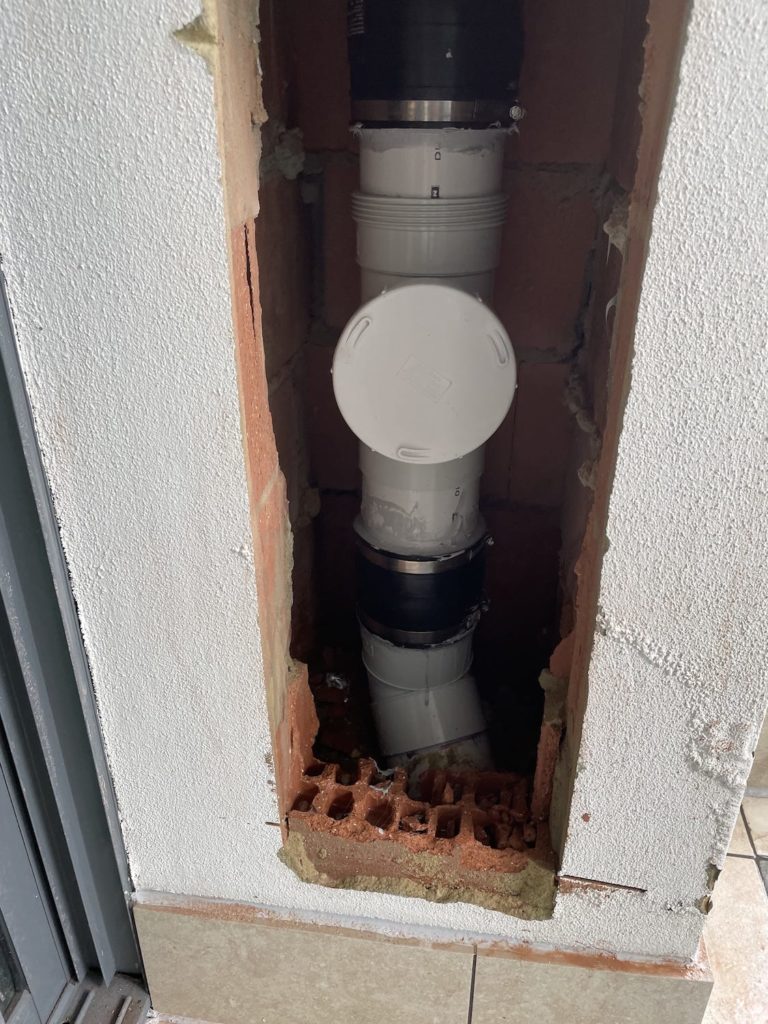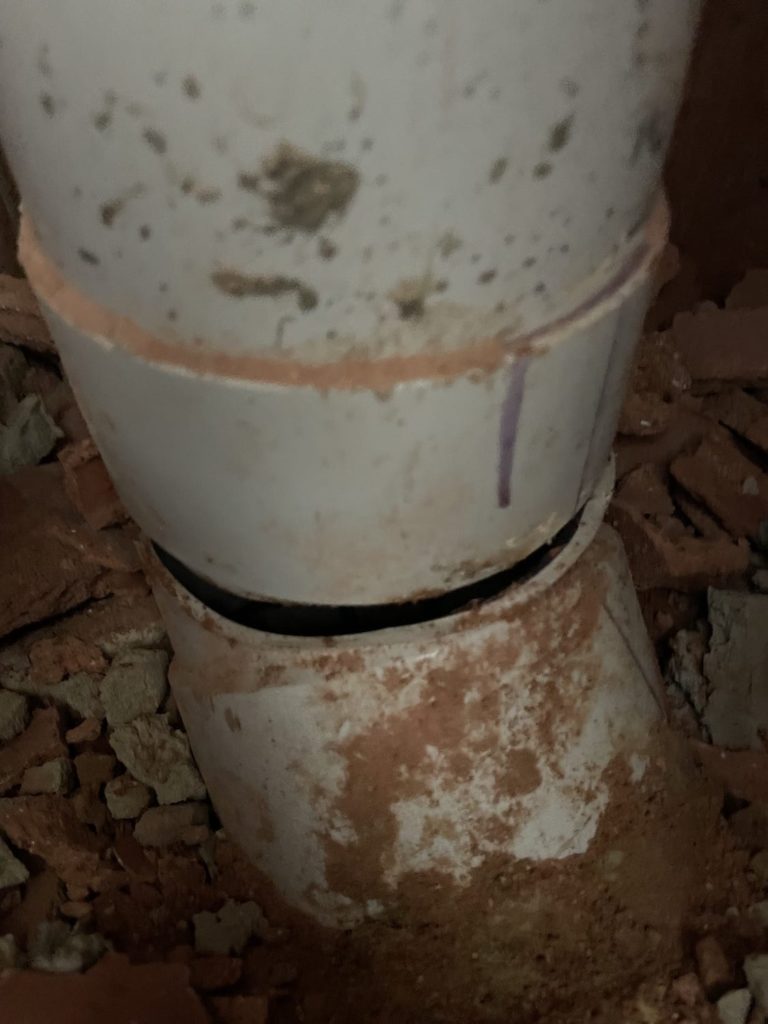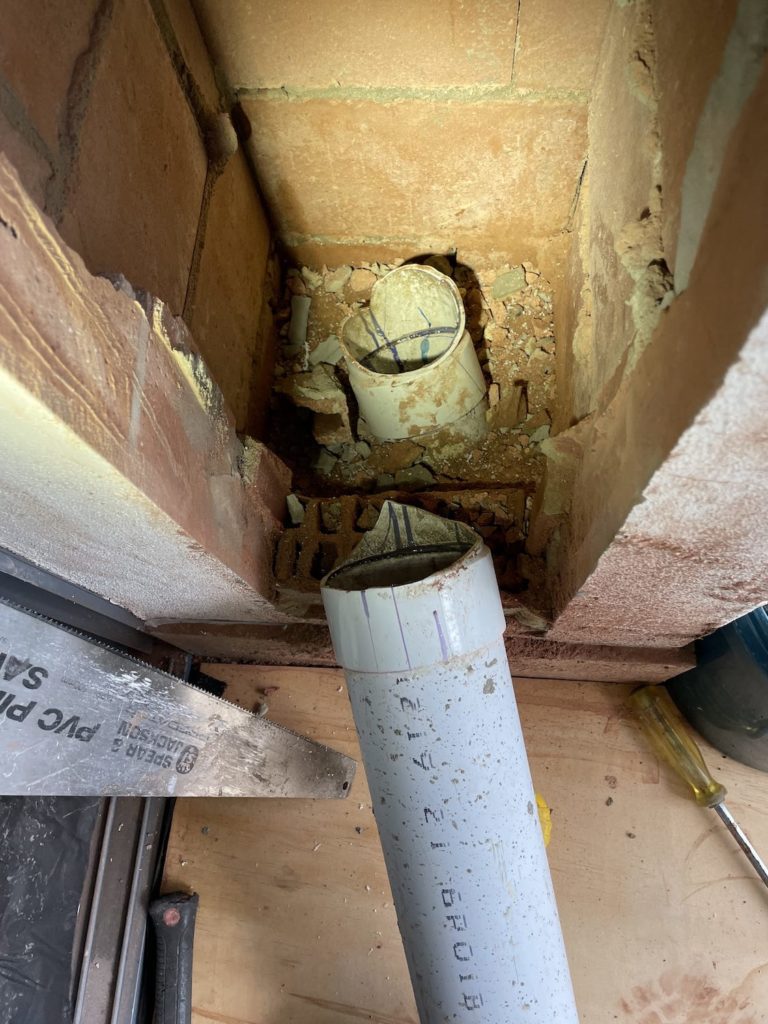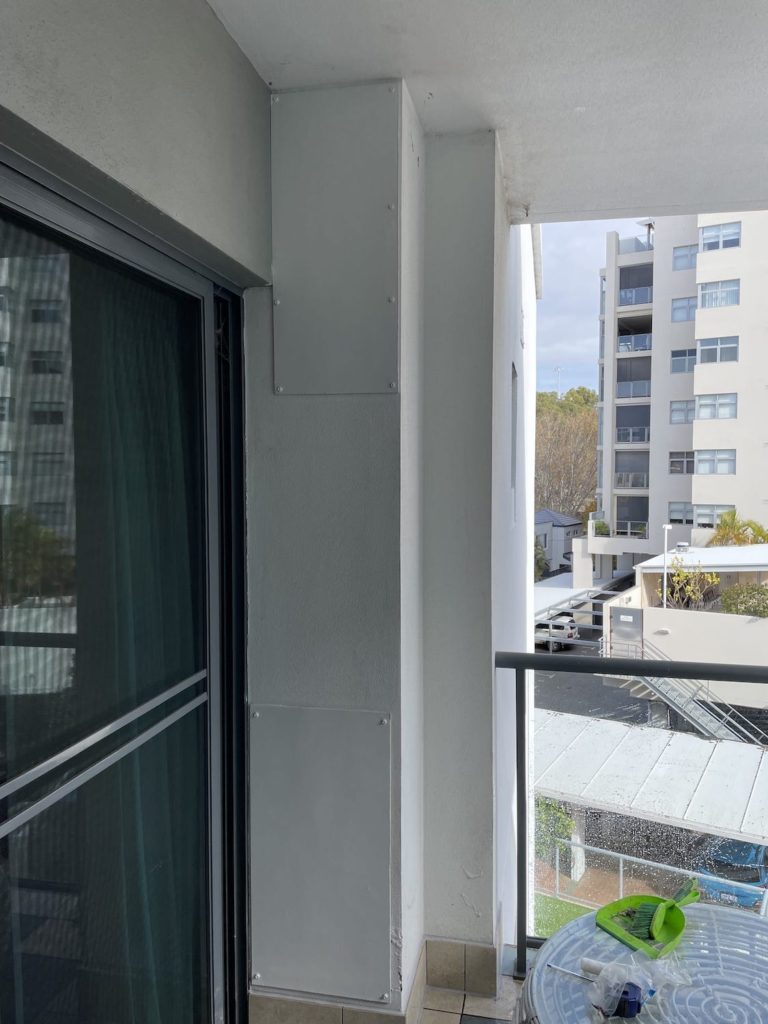We at PGWA received a call from an insurance builder regarding a claim made by a homeowner. The complaint? Rainwater was seeping through a bedroom wall in an apartment unit in South Perth.
Leak Detection : Four-Storey Apartment Complex
The job was set in a four-storey apartment complex, comprising a total of 11 units. One of these units, located on the third floor, had a problem with rainwater infiltrating the bedroom wall. Upon entering the unit, we observed that the carpet in the corner of the bedroom was wet, with the damp patch steadily increasing in size – a clear indication of water actively seeping into the area.
Initial Investigation: Plumbing and Water Meter Inspection
To begin addressing the issue, we conducted a thorough check of the unit’s water pipes, which were all in proper working condition. This included a detailed examination of the water metre, which was not spinning, indicating there was no leak within the plumbing fixtures.
To further isolate the source of the leak, we checked the water metres of a few other units, ensuring that there wasn’t a water leak from a unit above, which could be trickling down to this particular unit.
Identifying the Source: Downpipe Investigation
Access to the penthouse above the affected unit was necessary for our next phase of the investigation. This was because there was a downpipe directly above the unit’s leak zone. However, upon examination, the penthouse showed no signs of water damage, leading us to conclude that the downpipe could have been damaged further down, specifically on the wall of the affected unit.
The area of water damage in unit 8 was on an external wall, which had a service duct containing the downpipe. We cut two holes in the brickwork of the service duct at high and low points to gain visibility of the downpipe. Upon inspection, it became clear that the lower section of the downpipe had snapped, likely due to natural building movement over time.


Implementation of the Solution: Downpipe Repair
After identifying the problem, we replaced the broken section of the downpipe and installed inspection openings for future ease of examination.



The Outcome: Rainwater Leak Fixed
With the broken downpipe replaced, the rainwater leak issue was successfully resolved. This solution was implemented promptly after the first major downpour in June. We made sure to attend to the job the very same day we received it, as we at PGWA understand the importance of immediate attention to leaks. Timely action prevents further damage to properties, safeguards residents’ health by stopping mould growth, and staves off further structural issues, especially in larger complexes.

Q1: What are the common causes of rainwater leaks?
A1: Rainwater leaks can occur due to a number of reasons including poorly installed gutters, degraded roofing materials, faulty plumbing connections and pipes, and faulty joints and seals in downspouts and attached pipelines.
Q2: How can poorly installed gutters contribute to rainwater leaks?
A2: Poorly installed gutters may not drain water effectively, leading to water overflow and potential leakage into the building structure. This can cause water damage including potential leaks and structural damage.
Q3: How do degraded roofing materials lead to rainwater leaks?
A3: Over time, common roofing materials can degrade and lose their waterproof properties. This can compromise the roof’s integrity, leading to potential leaks and water damage.
Q4: Can faulty plumbing connections and pipes lead to rainwater leaks?
A4: Yes, faulty plumbing connections and pipes, including loose fittings, cracked or corroded pipes, and improper installation practices, can lead to rainwater leaks.
Q5: What role do faulty joints and seals in downspouts and attached pipelines play in rainwater leaks?
A5: Faulty joints and seals can lead to water seepage, causing potential damage to the building’s structure and possibly contaminating the water supply.
Q6: What are the signs of a rainwater leak in South Perth?
A6: Unusual puddles around the home or business premises, stains on walls, floors, and ceilings can all indicate a rainwater leak.
Q7: What are the risks associated with rainwater leaks in South Perth?
A7: Rainwater leaks can lead to serious consequences such as damage to the structural elements of the building due to moisture build-up and health issues due to contaminated drinking water.
Q8: How does moisture build-up damage the structural elements of a building?
A8: Prolonged moisture exposure can lead to weakened roof battens and rafters, the growth of mould and mildew, discoloration and staining, and the risk of termite infestation.
Q9: What health issues can arise due to contaminated drinking water?
A9: Drinking water that has been contaminated can lead to various health risks, including gastrointestinal illnesses, respiratory issues, and exposure to bacteria and mould.
